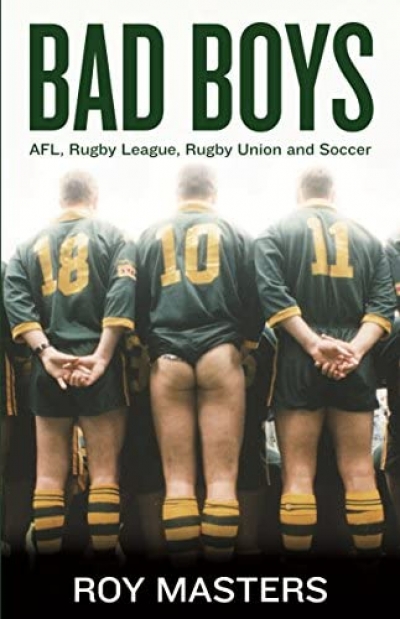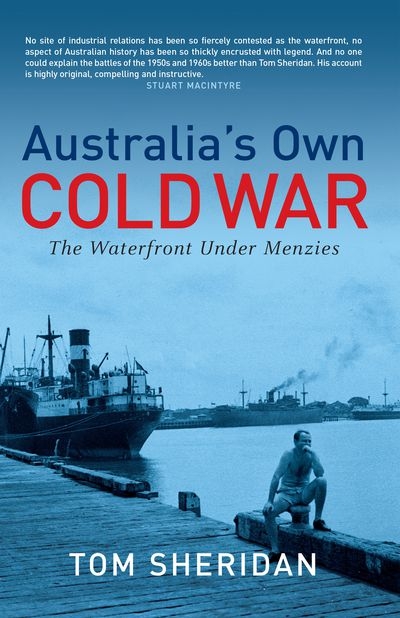Braham Dabscheck
Bad Boys: AFL, Rugby League, Rugby Union and Soccer by Roy Masters
by Braham Dabscheck •
Australia's Own Cold War: The waterfront under Menzies by Tom Sheridan
by Braham Dabscheck •
The Master by Sean Fagan and Dally Messenger III & The Ballad of Les Darcy by Peter FiztSimons
by Braham Dabscheck •
One Split Second: The death of David Hookes and the trial of Zdravko Micevic by Michelle Schwarz
by Braham Dabscheck •





